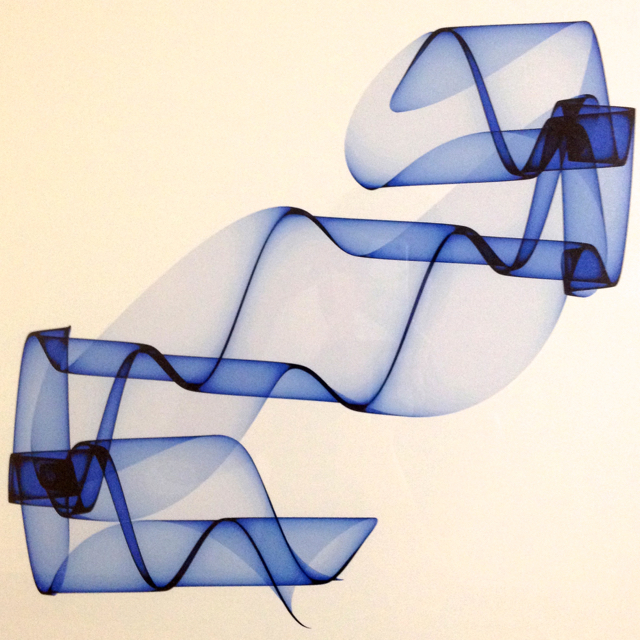“Subtlety” in artistic expression…
How ‘subtlety’ can support your child’s development
Subtlety is the ability to recognize and make very fine distinctions and is often underestimated in this world of quick, quick, quick. Our ability to perceive fine differences generates information which is useful for organizing new, more refined action and for overcoming our limitations.
Your child needs this new information to:
- Learn to move in new ways
- Improve their intellectual capabilities
- Develop their ‘emotional muscles’
Have you ever tried to carry on a conversation in a restaurant with loud music playing in the background? It’s much harder to hear what your companion is saying. It’s much easier to notice a burning candle in a dark room than in a brightly lit one. And that’s where subtlety comes in. Subtlety calls for reduction in the outside stimulus and in the internal effort we are exerting.
When we try to teach a child to do something before they are ready, they have to exert much more effort than is necessary. When a child develops a habit of over-exertion leading to tension in their body, it can add to their difficulties and interfere with their progress.
When you support your child to experience movement with a sense of ease and fluidity, you are helping your child to sense ‘how it feels’ to move in ways that are not yet fully available to them. Subtlety, in this case, means to break down a big movement ‘challenge’ into smaller ‘movement components’. In this way your child can better perceive them and repeat what they’ve learned. This process supports your child to refine their current level of ability and build bridges to their future success. Building on what they’ve learnt.
Through subtlety, your child can learn to redistribute their efforts and reorganize their movements. This offers them a fresh perspective, a starting ground for new experiences and the establishment of newer movement patterns with less effort and greater control. Isn’t that what we all want to experience? Less effort and greater control? Most of the time we do.
Practical Tools for You to Consider and Use
Subtlety begins with you
Our natural inclination is often to bring in more force when something isn’t working. On the contrary, when you reduce the effort with which you yourself move and with which you interact with your child, you’ll begin to feel more internal shifts and to notice finer nuances that were non-existent for you before. When you practice softening your own actions, you’ll immediately support your child’s ability to learn and change.
Reduction of effort
With every movement you do with your child, be it changing their diapers, getting dressed, picking them up or putting them down, or any other way that you move with your child, provide ample support so that your child can move using less and less force. See if your child notices this greater support and sensitivity from you. Combined this with slowing down (Remember our last issue?), you’ll witness your child’s face lighting up and their attitude toward movement begin to change.
support your child at the edge of their ability
Notice the subtle shifts in your child’s facial expressions and the sense of tension in their body or parts of their body. This will inform you whether they’re exerting themselves or not. If your child is not yet able to sit, avoid the temptation to make them sit ‘on their own’. Always provide some form of support by having your child close to you.
In the comfort and safety of your embrace, your child is more likely to move out of their comfort zone, knowing you’ll be there to catch them if they fall. They are more likely to challenge their own balance without noticing it and less likely to tense up their body excessively. This process supports your child to develop ‘dynamic balance’ in sitting. The same principle applies to whatever movement goals you are currently practicing with your child.
The more you support your child to perceive differences and make subtle distinctions, the more information they have to work with. Your child will be better able to move beyond their current limitations and move into their future success. Thanks to you.
QUESTIONS FOR YOU TO PONDER:
- How do I feel about ‘subtlety’ in my actions and words?
- When was the last time I sensed a subtle change in my thinking? In that of my child?
- What would I like to pay particular attention to the next time I interact with my child?
Now it’s up to you to engage yourself in this process.

